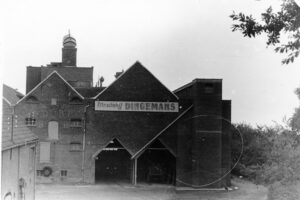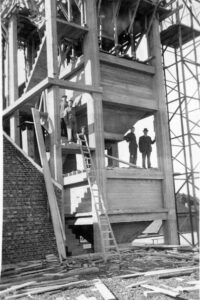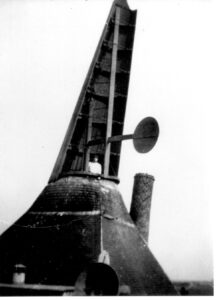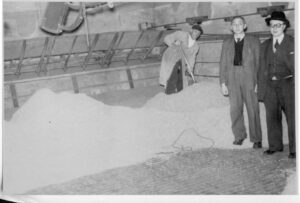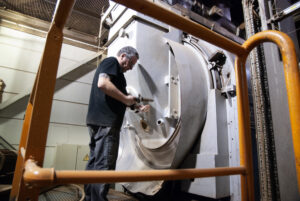Meet Your Maltster: Karl Dingemans
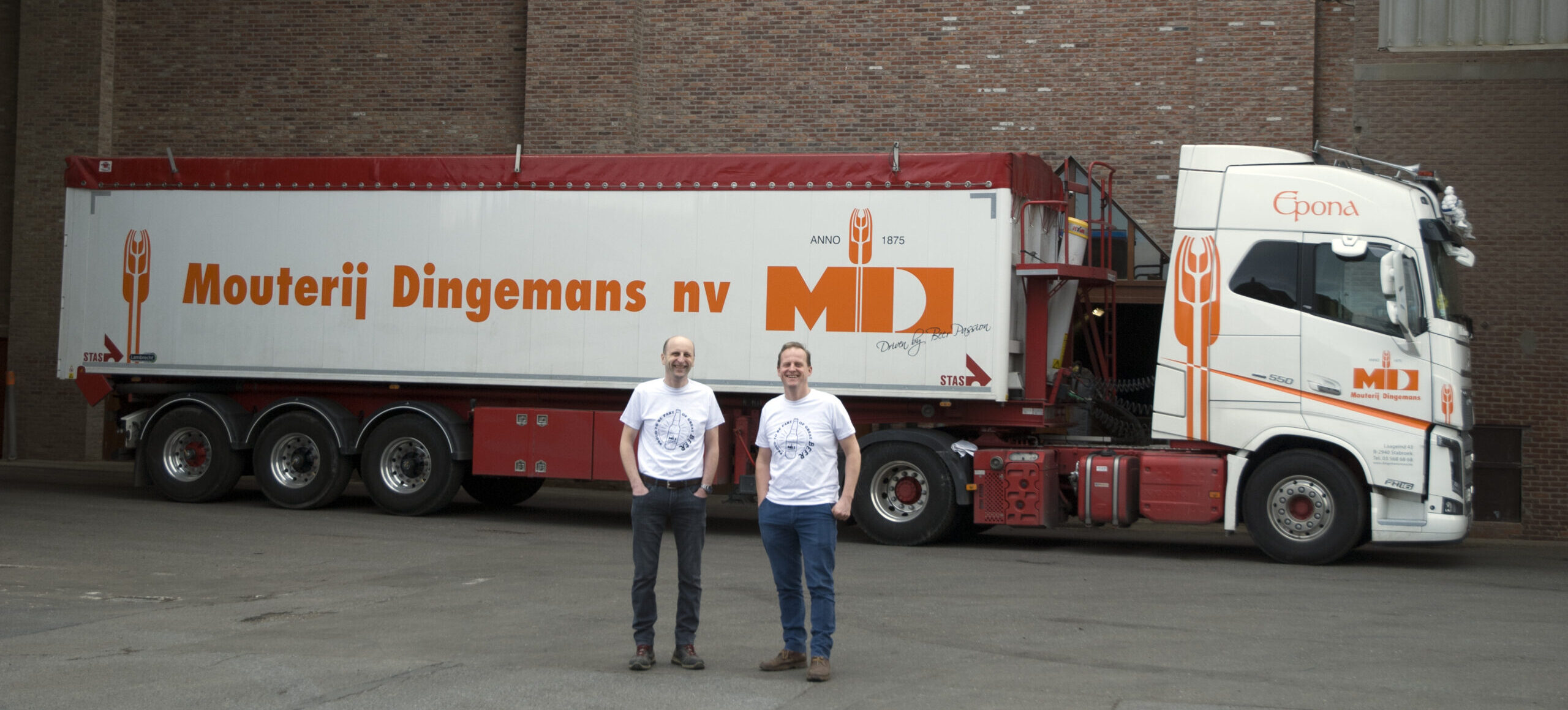
Mouterij Dingemans has been supplying quality-conscious brewers across Belgium and Europe with brewing ingredients since 1875. For five generations, they’ve remained a traditional, 100 percent family-owned malthouse. Today, Dingemans Maltings is led by brothers Karl and Jan, and their malts appear in award-winning beers across the globe, including internationally renowned Trappist, Lambic, Abbey beers, and more.
With a nod to their 150th anniversary, we’re proud to welcome Karl Dingemans to the RahrBSG blog for a conversation about classic Belgian styles, the cyclic nature of trends, and what makes working in the brewing industry special. Take it away, Karl!

RahrBSG: One of the special things about working with Dingemans is family ownership. This isn’t a common experience for many Americans. What has it been like to work with your relatives?
Karl Dingemans: When I started, I worked together with my mother, father, and uncle. I worked with my uncle for ten years, and with my father and mother for nearly 15. Later, when my uncle retired, my brother came in. So that’s another relationship that you have to navigate. You are used to them at home, and then you get to know them in the office.
It’s not always easy to separate family and business. But on the other hand, you know that you have each other. You know you can count on him or her or whomever.
I think at the moment my brother and I really fit in with each other. He’s doing more of the technical things, and I’m doing more malting and general management. We know we have each other, and if I’m traveling to CBC, or if I’m away, then I know he’s here to hold down the fort. I can count on him, and I know that he will manage everything.
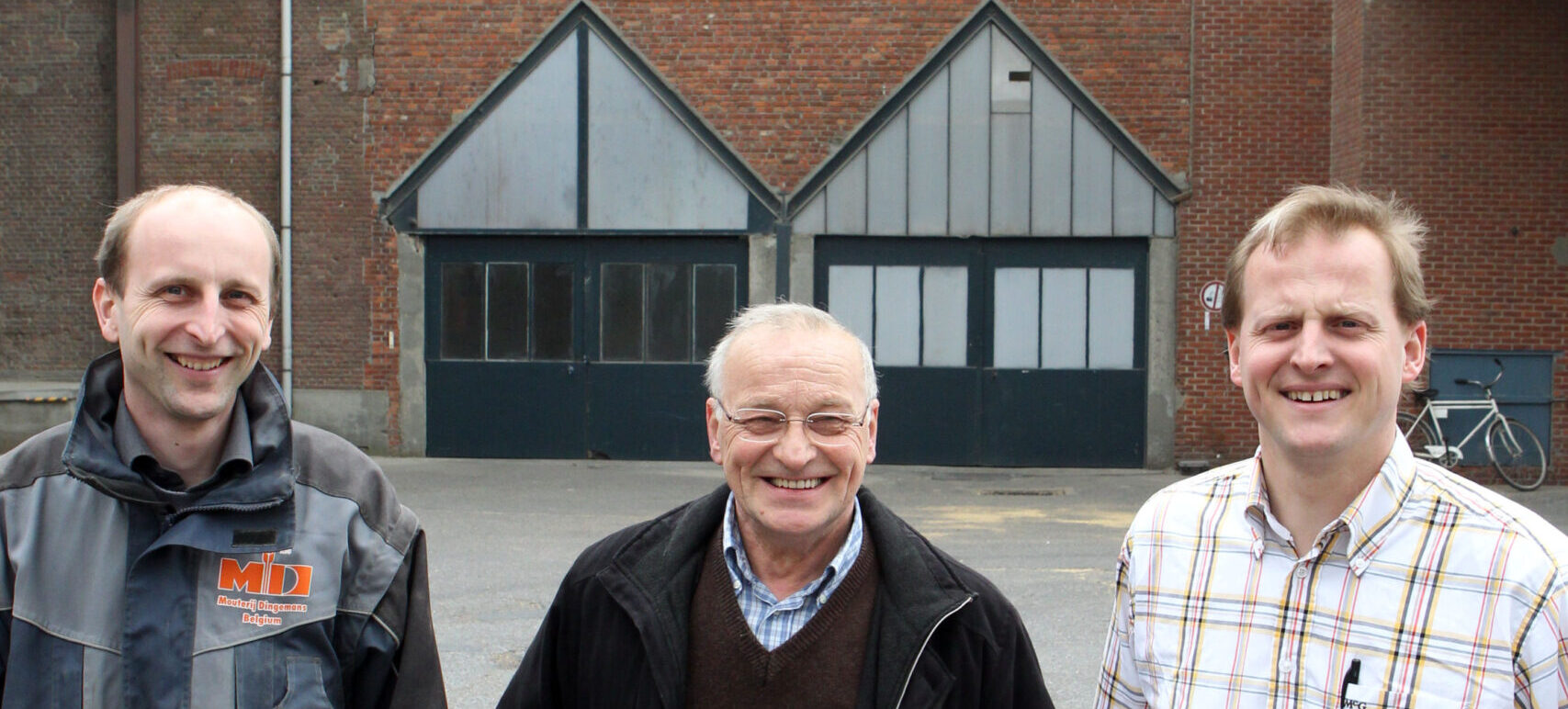
Looking a few years ahead, there will be another generation coming and new relationships to form. That will come — maybe my children or my brother’s children will join in.
You cannot say that it’s all the same with your parents, with your brother, with your children. These are all different relationships. And we’re proud that we can do this, that we have been able to do this for many generations now.
We also feel that our employees are more connected to our company and more dedicated to the product because we’re family owned, compared to a big multinational.
RahrBSG: Your family has been making great malt for 150 years — what does that mean to you?
Karl: Yeah, you’re always working. I’m always working ahead and always going forward. We’re very proud of what we’ve achieved and what these different generations did. And it all depends on a few practical decisions that were made.
For example, in the third generation, there were 12 brothers and sisters. A few of them were really clever people, and in the fourth generation the company came back to two — my father and my uncle. There were very difficult decisions to make, but these decisions were made for the well-being of the business.
My father, my uncle, my brother and I — we always make decisions for the good of the company, and it’s only by doing that that we’re still here.
There have been difficult times and easier times, of course. When I started, for example, in 1995, the business wasn’t so good. The number of breweries in Belgium was small, but also all over the world. Then somewhere between 2000 and 2005, we had the explosion of the craft scene. It’s a very different world now, and there’s a lot of pride in the 150 years and where we stand now.
RahrBSG: What is your earliest memory of the Dingemans malthouses?
Karl: First, my room, because I grew up in the house next to the Maltings. Our backyard really is the courtyard of the Maltings, so my room had a view on the court where the trucks come in and go out; that’s a very early memory.
Another nice memory was that my mother and my father worked in the Maltings. It was my mother and my father working in the office, so they were very busy waiting for action and weigh bills and documents and I don’t know what. It happened frequently that the truck drivers that came to unload here, that my father would ask a truck driver, “Want to take those guys to school? If you pass the school, it’s only two kilometers from here and you can drop them off.”
So, we had a Dutch guy bringing barley here and then he would drop us off at the school. We did that a few times. It was pretty cool being dropped off by a truck driver at school.
RahrBSG: Did he let you drive the truck?
Karl: He was a very proud truck driver, and his truck was very, very clean inside, but yeah, we did that. And we had our own truck as well. On the weekends, my father sometimes took the truck and then we would get to drive it.
My brother and I also liked to take our small bicycles through the corridors of the Maltings. Especially in summer, they were very, very cool.
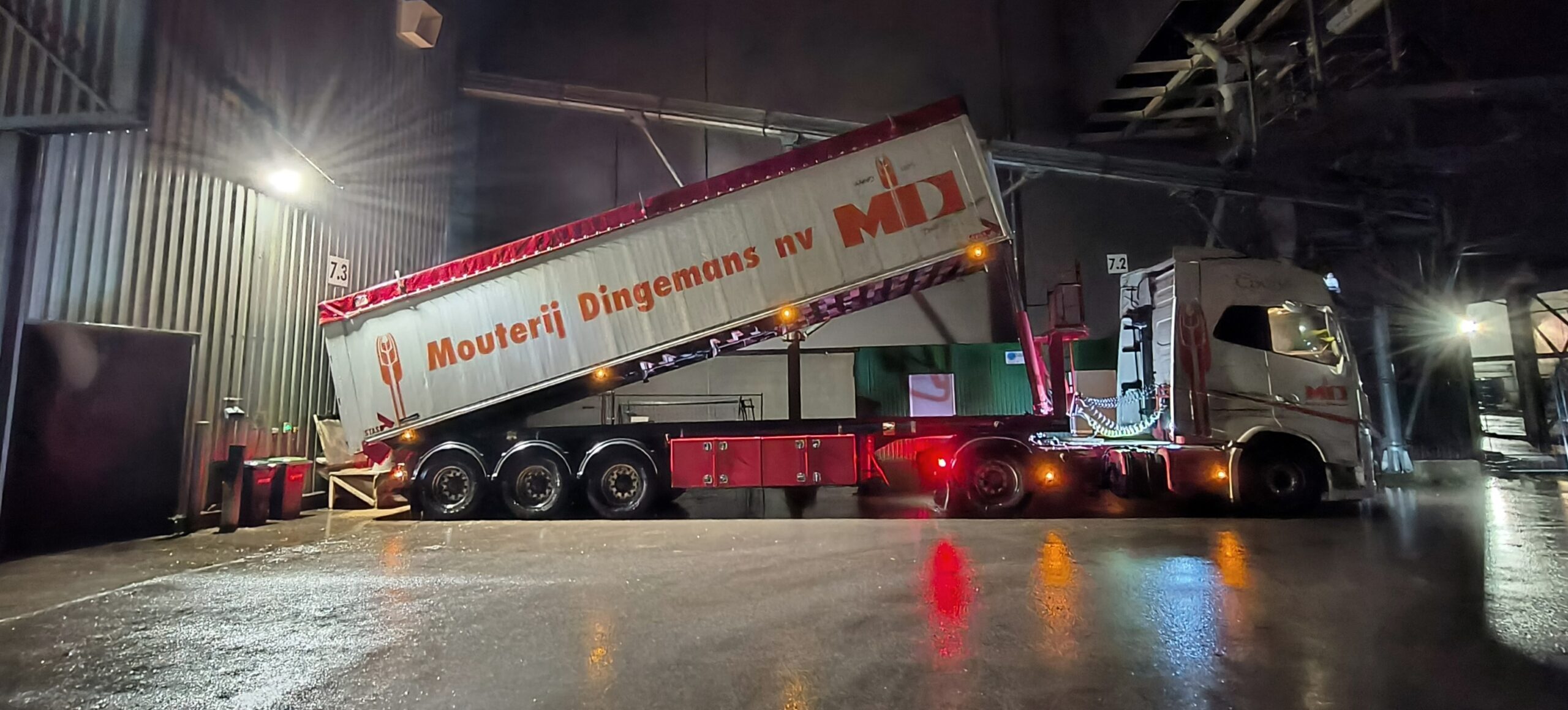
RahrBSG: Your son Thijs is starting his career in the brewing and malting industry, and presented a poster at the World Brewing Congress last year – what does that mean to you?
Karl: I was very proud that I could go with him and see him present his poster at WBC. He’s a clever guy and he’s really learning. He did his biochemistry program, and he did his internship at Duvel, which really motivated him. He might come here in the future. Now he’s doing an online course at Heriot Watt, Malting, Brewing and Distilling.
So, he’s doing the right studies, but I’m not pushing him there. He has to make his own decisions. It’s important, I think, that he learns other structures and other ways of working.
Also, my daughter. She has done a Master of Economics and she’s working elsewhere. It’s their choice, and I’ve always told them, “It’s your life. You have to make the decision, and if you give me a sign before you’re 30, I would appreciate that.”
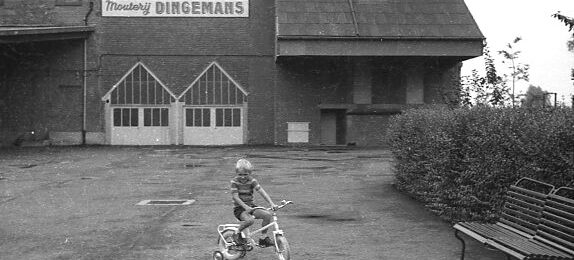
Looking back, I was never pushed into this business. My parents always said I could make my own decision. But I knew somehow at 16 this was what I wanted to do. Customers and contracts were discussed at the dinner table. The business is running 24 hours. It impacts your family life. They need to really think that over and then if they want to do it, they should do it with 200 percent motivation.
Because we have a very unique industry. It’s not like a one-stop shop where you stop for two years and then you go somewhere else. People stay longer and really know each other. And we have a great combination of work and socializing. Our product brings people together and can help us communicate when everybody’s only looking at their cellphone. It’s important that people get together, and beer helps with that.
RahrBSG: Speaking of beer. Do you have a desert island beer?
Karl: One beer? Or several beers?
RahrBSG: It could be a six-pack.
Karl: My number one beer is Orval, It’s a great beer. I did an internship there of four months with the current head brewmaster.
And staying with the Trappist beers I would say Westmalle Tripel. But can I bring a tap with me on the island? Because if you have a Dubbel of Westmalle from the tap, then I would choose the Dubbel. But if not, I’ll bring the Tripel.
RahrBSG: The technology exists.
Karl: I don’t know how I arrived on this island, but after walking or after swimming or I don’t know what, the first thing I’ll need is a good Pilsen or a Duvel 666. And then to close off, maybe an IPA, but not on the high end. Not the 75 IBU styles. More like 40 IBU or something. I used to make the mistake of getting those real American IPAs right away at CBC. I don’t know why I always made that same mistake because they can fill you up if you drink two of them. You’re like, OK, that’s enough for the evening. So I’ve gotten wiser. Mild bitterness.

RahrBSG: Next question is a big one. The rediscovery of traditional beer styles really helped launch craft brewing in the US. More recently the trends have moved in other directions. Low alcohol, high alcohol, etc. Is there still a market for traditional Belgian ales?
Karl: Yeah, I’m convinced of that. These good quality reference beers will always survive, and people will always want to reach out and revisit their good memories with beers they remember. We have seen many examples of breweries that used to make a new beer weekly. Those one-off new beers will slowly fade out. Maybe there will be a new beer each month. Or seasonally. But you cannot say if you make 52 new beers a year, they will have the same quality as if you were brewing four. You cannot pay enough attention to that.
So, I think Belgian ales and German styles and Irish stouts, they will never disappear. After they fall out of favor, there’s always a revival. And maybe it comes faster than we all think.
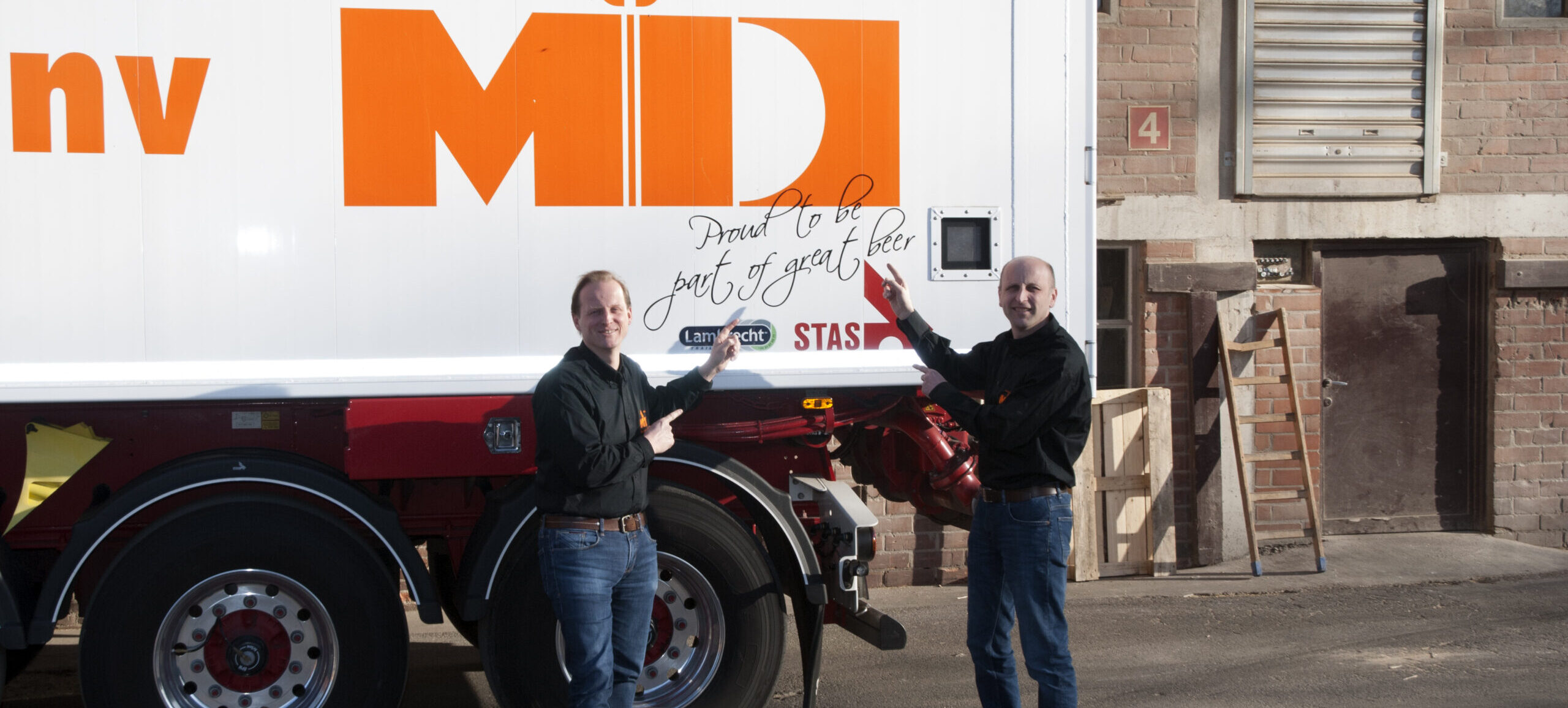
RahrBSG: You can’t last 150 years without seeing cycles like that come and go a few times. Dingemans malt obviously makes fantastic Belgian beers. What other styles could US brewers explore with your malt?
Karl: One of our slogans is Proud to be Part of Great Beer, and we truly are proud to be part of great beer. And it’s really the reason why all 43 people who work at our Maltings get out of bed every morning — because we are proud to supply malt and supply value to partners like Duvel, Russian River, Great Lakes, you name it. We’re proud of it. Our malt can be used in Belgian styles, but it can also be used in German styles to make a Pils or Kölsch. It can be used in a Dark Porter or an Imperial style. It’s not specifically only used for Belgian beer, and we have customers in many different countries proving that. We have a customer using our Pilsner malt as a base for like 10 different styles, from a Hefeweizen to a Pilsen to a Dark Abbey.
There are also so many great low-alcohol beers available. I think there is a possibility to add more malt flavor in these low and no-alcohol beers. In this industry we tend to compensate with the loss of taste by adding a lot of aromatic hops. It’s interesting, but not every consumer likes that. I know why everybody does it, but maybe it’s not the choice the consumer wants. There’s a challenge for our industry to help brewers drive malt flavor in these beers.
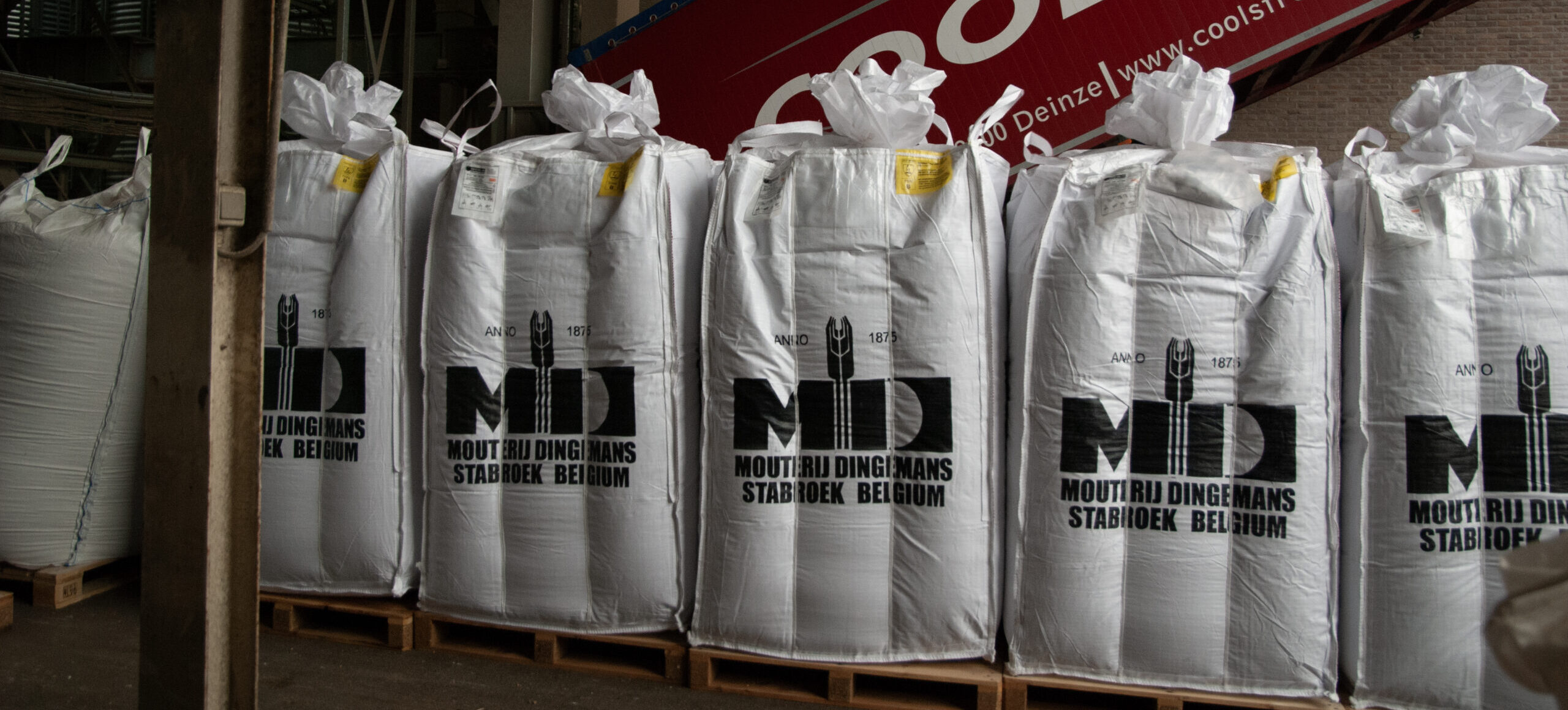
RahrBSG: Final question. What does Dingemans look like at 200? What do you see?
Karl: I’m optimistic. I’m positive. I’m not convinced beer consumption will keep going down. It’s always been cyclic. New people are born every day, and some of them will become beer drinkers.
We should also consider other places and food products where malt may be used. That will help make us stronger. But if we stick to quality, remain family-owned, and maintain our connections in this business, I’m convinced we’ll have a place.
RahrBSG: Thanks for sharing your time with us, Karl. We wish you all the best as you celebrate 150 years of Dingemans Malt with your family!
